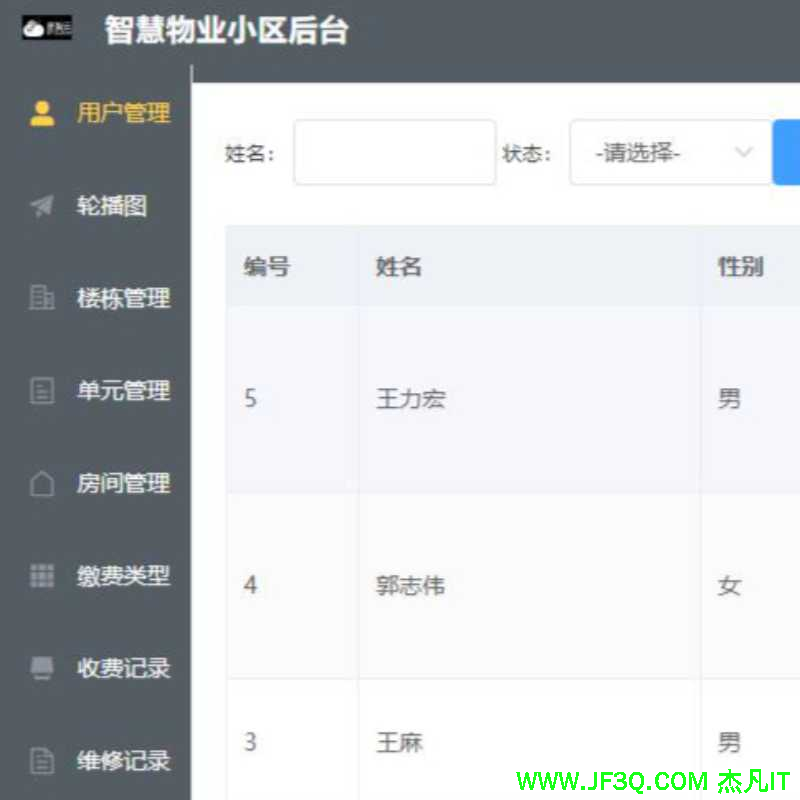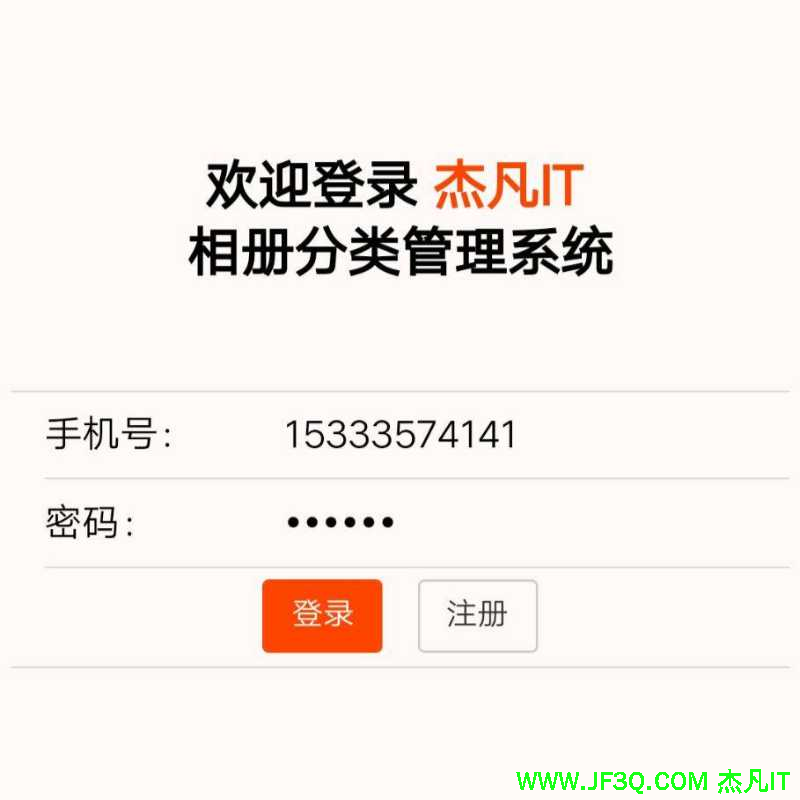Android Apk 加固之Dex文件 方案NDK 版本
标签: Android Apk 加固之Dex文件 方案NDK 版本 Python博客 51CTO博客
2023-05-07 18:24:10 86浏览
这篇文章介绍了 基本的加固流程,但有一个明显的问题就是 解密是 java 代码实现,存在的问题就是key可以被找到,很容易被破解;
一、写一下基础流程:
参考文档:https://developer.android.google.cn/studio/build/multidex.html#keep

看到这张图其实,还是很好理解的,就是我们把需要加固的apk,外部包装一层壳,而这个壳的作用是为了解密源apk的
二、加固仍存在一些问题:
1、解密壳不能加密,解密都是 java 代码实现,存在的问题就是key可以被找到,很容易被破解;
2、解密之后的apk源程序放在指定目录的话,还是存在被破解的风险,因为这种落地方式解密,是很容易获取解密之后的apk的
3、在解密得到源程序apk,然后再用DexClassLoader进行加载,这里相当于两次把apk加载到内存中,第一次是解密的时候,第二次是加载apk的时候,那么这效率就会大大降低了
三、解决方案:
第一个问题,使用NDK 解决;使用NDK 解密,本文使用的RC4 算法,处理较快,如果安全性高也可以使用AES,demo中都已加入;
第二个问题,加载后可以删除掉,但每个加载时间会长;
第三个问题暂时无解决;5.0前是可以解决见:Android中内存加载dex
四、主要使用的一个API DexClassLoader
DexClassLoader当然也是一种ClassLoader,但本身属于顾名思义是用来加载Dex文件的,是安卓系统独有的一种类加载器。
基础概念
在此之前可以稍微回顾下ClassLoader的相关基础:
ClassLoader是用来加载class文件的,它负责将*.class加载为内在中的Class对象
加载机制为“双亲委派”,即能交给父类加载器去加载的,绝不自行加载
使用方法
只需要清楚其构造方法的参数意义就可以。
DexClassLoader (String dexPath,
String optimizedDirectory,
String librarySearchPath,
ClassLoader parent)参数 |
含义 |
dexPath |
包含dex文件的jar包或apk文件路径 |
optimizedDirectory |
释放目录,可以理解为缓存目录,必须为应用私有目录,不能为空 |
librarySearchPath |
native库的路径,可为空 |
parent |
父类加载器 |
五、 加壳的具体流程:
1.创建一个空的demo进行,
2.然后在项目中添加一个代理module(解密,和系统源码交互功能)和tools工具加密Java library 的module ;
1、代码中需要用到几个类,AES加解密类,Zip压缩解压类等工具类
首先我先proxy_core代理module下写一个代理application ,然后继承至Application,代码目录结构请看:

接着把我们这个代理的application加到我们最常写的配置文件中AndroidManifest.xml 中,我们是不是每个App都有一个application,然后把它配置到AndroidManifest.xml中,这里唯一不同的是,不是把我们项目中的那个application写到AndroidManifest.xml中,而是把我们在代理的写上。然后把我们app自己用到的application也加上,自己的application写在meta-data中,另一个meta-data按照下面的写就行,写法和位置如下

这个是我们自己项目用到的初始化application,上面的代理只是处理代理操作的。
我们自己的MyApplication里面目前啥也没写,这个使我们项目中用于初始化的,这里先不写东西。
这里开始写代理了,在ProxyApplication 中:
public class ProxyApplication extends Application {
//定义好的加密后的文件的存放路径
private String app_name;
private String app_version;
/**
* ActivityThread创建Application之后调用的第一个方法
* 可以在这个方法中进行解密,同时把dex交给Android去加载
* @param base
*/
@Override
protected void attachBaseContext(Context base) {
super.attachBaseContext(base);
//获取用户填入的metaData
getMetaData();
//得到当前apk文件
File apkFile = new File(getApplicationInfo().sourceDir);
//把apk解压 这个目录中的内容需要root权限才能使用
File versionDir = getDir(app_name+"_" + app_version,MODE_PRIVATE);
File appDir = new File(versionDir,"app");
File dexDir = new File(appDir,"dexDir");
//得到我们需要加载的dex文件
List<File> dexFiles = new ArrayList<>();
//进行解密 (最好做md5文件校验)
if (!dexDir.exists() || dexDir.list().length == 0){
//把apk解压到appDir
Zip.unZip(apkFile,appDir);
//获取目录下所有的文件
File[] files = appDir.listFiles();
for (File file:files){
String name = file.getName();
if (name.endsWith(".dex") && !TextUtils.equals(name,"classes.dex")){
try{
// 使用 ndk rc4 解密**************************************
Utils.native_rc4_de(file.getAbsolutePath(),file.getAbsolutePath());
dexFiles.add(file);
}catch (Exception e){
e.printStackTrace();
}
}
}
}else {
for (File file:dexDir.listFiles()){
dexFiles.add(file);
}
}
try {
loadDex(dexFiles,versionDir);
}catch (Exception e){
e.printStackTrace();
}
}
private void loadDex(List<File> dexFiles,File versionDir) throws Exception{
//1、获取pathList
Field pathListField = Utils.findField(getClassLoader(), "pathList");
Object pathList = pathListField.get(getClassLoader());
//2、获取数组dexElements
Field dexElementsField = Utils.findField(pathList,"dexElements");
Object[] dexElements = (Object[]) dexElementsField.get(pathList);
//3、反射到初始化makePathElements的方法
Method makeDexElements = Utils.findMethod(pathList,"makePathElements",List.class,File.class,List.class);
ArrayList<IOException> suppressedException = new ArrayList<>();
Object[] addElements = (Object[]) makeDexElements.invoke(pathList, dexFiles, versionDir, suppressedException);
Object[] newElements = (Object[]) Array.newInstance(dexElements.getClass().getComponentType(), dexElements.length + addElements.length);
System.arraycopy(dexElements,0,newElements,0,dexElements.length);
System.arraycopy(addElements,0,newElements,dexElements.length,addElements.length);
//替换classloader中的element数组
dexElementsField.set(pathList,newElements);
}
private void getMetaData(){
try {
ApplicationInfo applicationInfo = getPackageManager().getApplicationInfo(
getPackageName(), PackageManager.GET_META_DATA);
Bundle metaData = applicationInfo.metaData;
if (null != metaData){
if (metaData.containsKey("app_name")){
app_name = metaData.getString("app_name");
}
if (metaData.containsKey("app_version")){
app_version = metaData.getString("app_version");
}
}
}catch (Exception e){
e.printStackTrace();
}
}
/**
* 开始替换application
*/
@Override
public void onCreate() {
super.onCreate();
try {
bindRealApplication();
}catch (Exception e){
e.printStackTrace();
}
}
/**
* 让代码走入if的第三段中
* @return
*/
@Override
public String getPackageName() {
if (!TextUtils.isEmpty(app_name)){
return "";
}
return super.getPackageName();
}
@Override
public Context createPackageContext(String packageName, int flags) throws PackageManager.NameNotFoundException {
if (TextUtils.isEmpty(app_name)){
return super.createPackageContext(packageName, flags);
}
try {
bindRealApplication();
} catch (Exception e) {
e.printStackTrace();
}
return delegate;
}
boolean isBindReal;
Application delegate;
//下面主要是通过反射系统源码的内容,然后进行处理,把我们的内容加进去处理
private void bindRealApplication() throws Exception{
if (isBindReal){
return;
}
if (TextUtils.isEmpty(app_name)){
return;
}
//得到attchBaseContext(context) 传入的上下文 ContextImpl
Context baseContext = getBaseContext();
//创建用户真实的application (MyApplication)
Class<?> delegateClass = null;
delegateClass = Class.forName(app_name);
delegate = (Application) delegateClass.newInstance();
//得到attch()方法
Method attach = Application.class.getDeclaredMethod("attach",Context.class);
attach.setAccessible(true);
attach.invoke(delegate,baseContext);
//获取ContextImpl ----> ,mOuterContext(app); 通过Application的attachBaseContext回调参数获取
Class<?> contextImplClass = Class.forName("android.app.ContextImpl");
//获取mOuterContext属性
Field mOuterContextField = contextImplClass.getDeclaredField("mOuterContext");
mOuterContextField.setAccessible(true);
mOuterContextField.set(baseContext,delegate);
//ActivityThread ----> mAllApplication(ArrayList) ContextImpl的mMainThread属性
Field mMainThreadField = contextImplClass.getDeclaredField("mMainThread");
mMainThreadField.setAccessible(true);
Object mMainThread = mMainThreadField.get(baseContext);
//ActivityThread -----> mInitialApplication ContextImpl的mMainThread属性
Class<?> activityThreadClass = Class.forName("android.app.ActivityThread");
Field mInitialApplicationField = activityThreadClass.getDeclaredField("mInitialApplication");
mInitialApplicationField.setAccessible(true);
mInitialApplicationField.set(mMainThread,delegate);
//ActivityThread ------> mAllApplications(ArrayList) ContextImpl的mMainThread属性
Field mAllApplicationsField = activityThreadClass.getDeclaredField("mAllApplications");
mAllApplicationsField.setAccessible(true);
ArrayList<Application> mApplications = (ArrayList<Application>) mAllApplicationsField.get(mMainThread);
mApplications.remove(this);
mApplications.add(delegate);
//LoadedApk -----> mApplicaion ContextImpl的mPackageInfo属性
Field mPackageInfoField = contextImplClass.getDeclaredField("mPackageInfo");
mPackageInfoField.setAccessible(true);
Object mPackageInfo = mPackageInfoField.get(baseContext);
Class<?> loadedApkClass = Class.forName("android.app.LoadedApk");
Field mApplicationField = loadedApkClass.getDeclaredField("mApplication");
mApplicationField.setAccessible(true);
mApplicationField.set(mPackageInfo,delegate);
//修改ApplicationInfo className LoadedApk
Field mApplicationInfoField = loadedApkClass.getDeclaredField("mApplicationInfo");
mApplicationInfoField.setAccessible(true);
ApplicationInfo mApplicationInfo = (ApplicationInfo) mApplicationInfoField.get(mPackageInfo);
mApplicationInfo.className = app_name;
delegate.onCreate();
isBindReal = true;
}
}这里我换成了 rc4解密;这里也可以判断一下,如果目标文件不存在再做这些操作,可以提高性能,但风险增加。最安全的方式是加载完成,直接删除;
2、下面在proxy_tools中写一个Main类,和一个main方法,直接运行处理,代码如下:
public class Main {
public static void main(String[] args) throws Exception{
/**
* 1、制作只包含解密代码的dex文件
*/
File aarFile = new File("proxy_core/build/outputs/aar/proxy_core-debug.aar");
File aarTemp = new File("proxy_tools/temp");
Zip.unZip(aarFile,aarTemp);
File classesDex = new File(aarTemp,"classes.dex");
File classesJar = new File(aarTemp,"classes.jar");
//dx --dex --output out.dex in.jar E:\AndroidSdk\Sdk\build-tools\23.0.3
Process process = Runtime.getRuntime().exec("cmd /c dx --dex --output " + classesDex.getAbsolutePath()
+ " " + classesJar.getAbsolutePath());
process.waitFor();
if (process.exitValue() != 0){
throw new RuntimeException("dex error");
}
process.destroy();
/**
* 2、加密apk中所有的dex文件
*/
File apkFile = new File("app/build/outputs/apk/debug/app-debug.apk");
File apkTemp = new File("app/build/outputs/apk/debug/temp");
Zip.unZip(apkFile,apkTemp);
//只要dex文件拿出来加密
File[] dexFiles = apkTemp.listFiles(new FilenameFilter() {
@Override
public boolean accept(File file, String s) {
return s.endsWith(".dex");
}
});
//AES加密
// AES.init(AES.DEFAULT_PWD);
for (File dexFile:dexFiles) {
byte[] bytes = Utils.getBytes(dexFile);
// byte[] encrypt = AES.encrypt(bytes);
byte[] encrypt =RC4.RC4Base(bytes,RC4.ACCESSKEY);
FileOutputStream fos = new FileOutputStream(new File(apkTemp,"secret-" + dexFile.getName()));
fos.write(encrypt);
fos.flush();
fos.close();
dexFile.delete();
}
/**
* 3、把dex放入apk解压目录,重新压成apk文件
*/
classesDex.renameTo(new File(apkTemp,"classes.dex"));
File unSignedApk = new File("app/build/outputs/apk/debug/app-unsigned.apk");
Zip.zip(apkTemp,unSignedApk);
/**
* 4、对其和签名,最后生成签名apk
*/
// zipalign -v -p 4 my-app-unsigned.apk my-app-unsigned-aligned.apk
File alignedApk=new File("app/build/outputs/apk/debug/app-unsigned-aligned.apk");
Process processAlign = Runtime.getRuntime().exec("cmd /c zipalign -v -p 4 "+unSignedApk.getAbsolutePath()
+" "+alignedApk.getAbsolutePath());
// System.out.println("signedApkprocess : 11111" + " :-----> " +unSignedApk.getAbsolutePath() + "\n" + alignedApk.getAbsolutePath());
processAlign.waitFor( 10,TimeUnit.SECONDS);
// if(process.exitValue()!=0){
// throw new RuntimeException("dex error");
// }
processAlign.destroy();
// apksigner sign --ks my-release-key.jks --out my-app-release.apk my-app-unsigned-aligned.apk
// apksigner sign --ks jks文件地址 --ks-key-alias 别名 --ks-pass pass:jsk密码 --key-pass pass:别名密码 --out out.apk in.apk
File signedApk=new File("app/build/outputs/apk/debug/app-signed-aligned.apk");
File jks=new File("proxy_tools/proxy1.jks");
Process processsign= Runtime.getRuntime().exec("cmd /c apksigner sign --ks "+jks.getAbsolutePath()
+" --ks-key-alias wwy --ks-pass pass:123456 --key-pass pass:123456 --out "
+signedApk.getAbsolutePath()+" "+alignedApk.getAbsolutePath());
processsign.waitFor();
if(processsign.exitValue()!=0){
throw new RuntimeException("dex error");
}
processsign.destroy();
System.out.println("excute successful");
}
}这里加密 我换成了RC4;
我们在写好前面的之后,直接运行这个main方法,就可以在我们的app -> build->outputs->apk->debug下面看到生成的几个apk,分别为 app-debug.apk, app-unsigned.apk, app-unsigned-aligned.apk, app-signed-aligned.apk,最终 app-signed-aligned.apk 才是我们最后安装使用的apk,
使用 java 工具类,需要配置一下环境:
1)、配置电脑的环境变量:
如你的 Android compileSdkVersion 28 请将 D:\AndroidSDK\build-tools\28.0.2 这个路径加入然后我就把这个路劲配置到用户变量中 path 中;重新 启动 Android Studio;
最后会生成签名后的 apk
上面的代理ProxyApplication被我们配置到Mainfest的application 标签中,这个位置经常是我们配置项目使用的application的,其实不用担心,代码中已经处理过了,当代理application处理完之后,会自动把我们配置的app里面的项目用到的MyApplication 类替换过来,所以项目在第一次运行完之后,正式运行还是以我们自己的MyApplication为主;
本文是在基本上 改进了一些;
1.加密,2.process.waitFor(); 运行问题
2.签名问题见
参数 博客: 不过之个 Android 5.0后就不能再用了。
Demo 下载
Android Apk 加固之Dex文件 完善篇 InMemoryDexClassLoader 之内存加载dex 见
好博客就要一起分享哦!分享海报
此处可发布评论
评论(0)展开评论
展开评论






